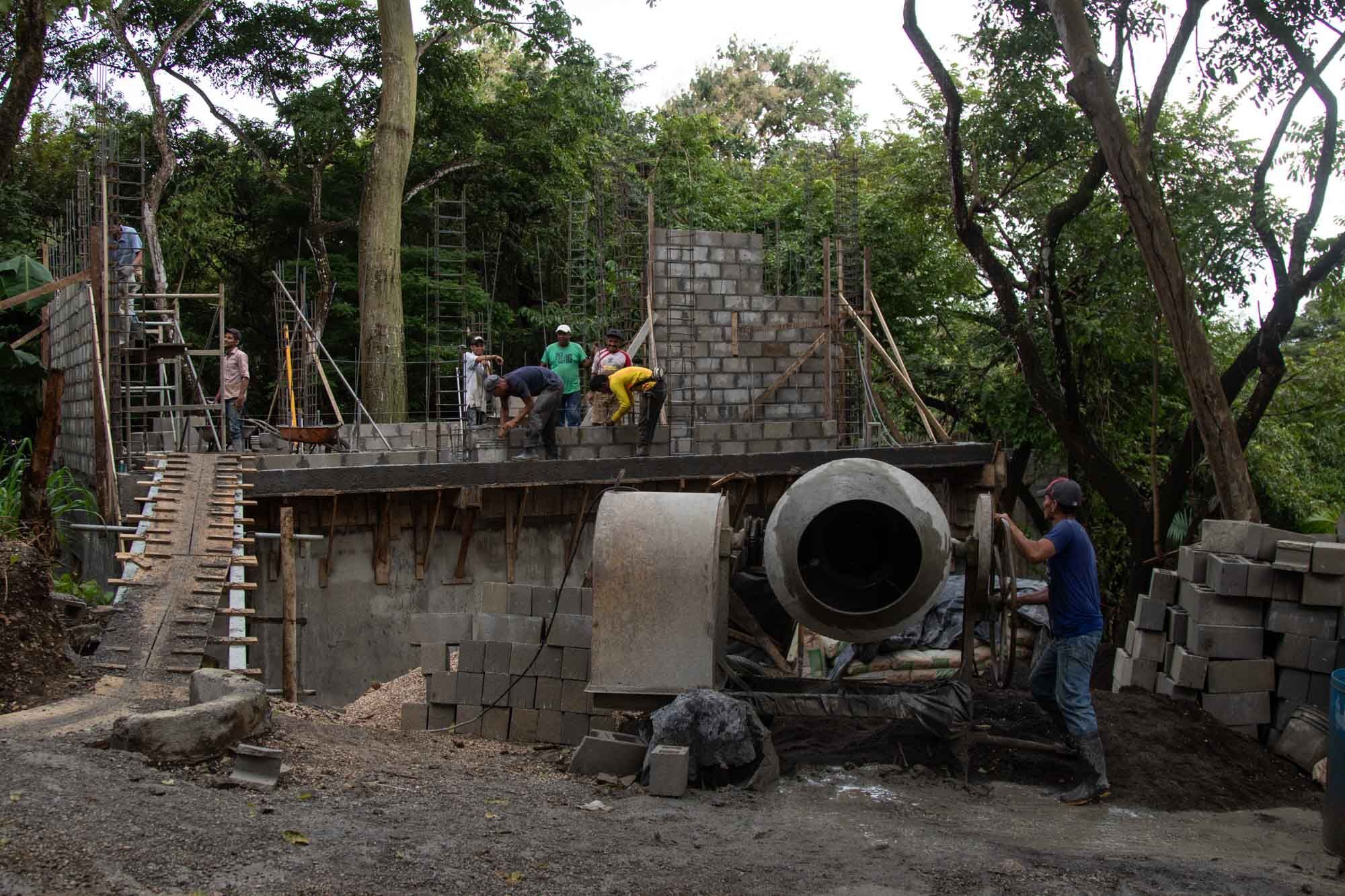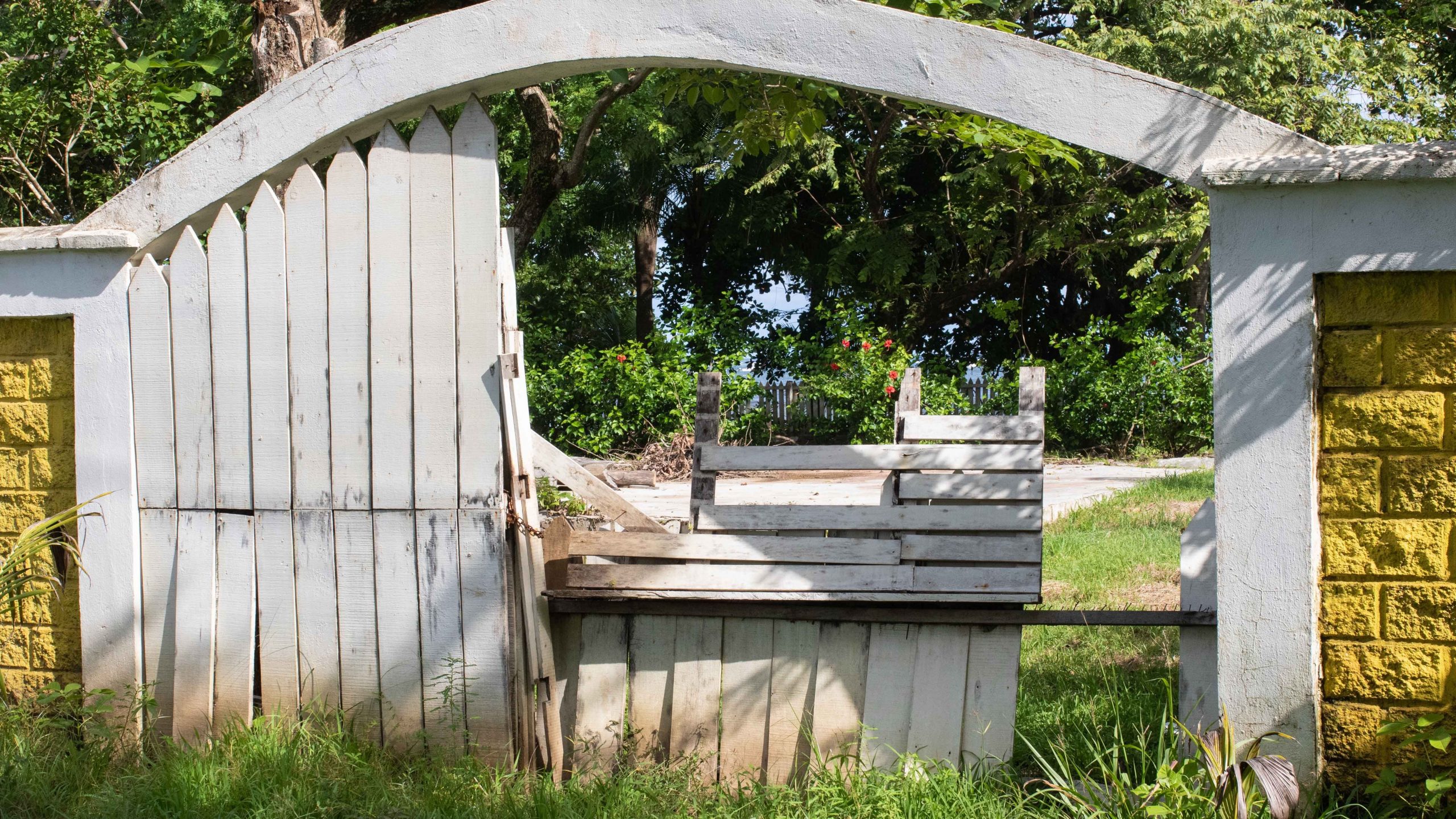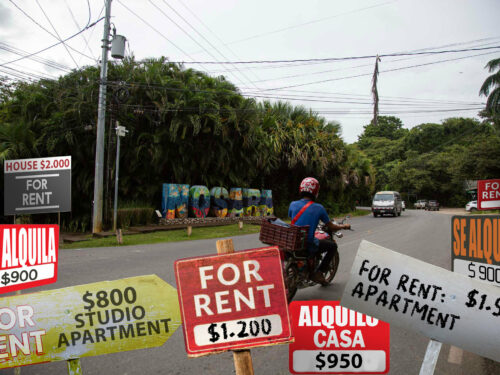
A house is blocking the way for one of the entrances to Playa Pelada in Nosara.
The construction is apparently inside of the Ostional Protected Area (Spanish acronym: ASP), as detected by the Nosara Civic Association (NCA) when monitoring the area. The organization is currently working in comparing this finding with land registry information to follow up with the case.
Private Constructions within the ASP are prohibited according to article 39 from the Biodiversity Law.
“That house did not get built overnight, and it took some time for people to close the access. It should not be happening, but it happens in Nosara”, as the director of the NCA, Marco Villegas said.
The natural beauty of the Ostional National Wildlife Refuge (Spanish acronym: RNVSO) is part of the charm of the district. But the constructions and lack of surveillance from the law are a constant risk for its conservation.
As of October 8 of this year, 18% of the complaints for invasion in protected areas in the country during 2022 came from Nosara, according to the data from Integrated System for Processing and Handling Environmental Complaints (Spanish acronym: SITADA) of the Ministry of Environment and Energy of Costa Rica (Spanish acronym: MINAE).
SITADA is a state digital platform in which the population, municipalities and public institutions dedicated to environment’s control and protection, are able to file complaints.
Throughout 2021 and up to October 8, 2022, the platform received 91 environmental crime complaints that came from the community. 28% reported an invasion to the protected wildlife areas. The majority are due to constructions.
In addition, according to data from Sitada, of the entire canton of Nicoya, Nosara is the district with the most complaints of this type in the 2021-2022 period.
What do these numbers tell us? According to Nelson Marín, the director of the Tempisque Conservation Area (Spanish acronym: ACT), these complaints evidene the uncontrolled urban growth in Nosara and the need for more personnel in the ACT to monitor the area.
There is a separation between uncontrolled urban development and the conservation of the conservation area, which is one of the main attractions of Nosara”, Marín commented.
Construction without regulations
For the ACT director , the lack of regulations causes urban development in Nosara to grow at an unorganized pace and affects the ASP.
“The number of complaints for invasion of the ASP is because in Nosara there is a great demand for lots due to its great tourist and economic attractiveness. How do we counter it? With a regulatory plan”, he said to La Voz.
According to data from the Federated College of Engineers and Architects (Spanish acronym: CFIA), the square meters processed for construction (which does not necessarily mean that all were approved) in Nosara grew 209% between 2020 and 2022 (considering only the figures between January and September of each year). The majority is destined for new homes.

In recent years, urban growth in Nosara has exceeded the ability of municipal and environmental authorities to ensure sustainability. Photo: César Arroyo CastroPhoto: César Arroyo
These figures maintain an increase since 2020 and position Nosara as the district of the canton with the most square meters processed in the last three years, followed by the central district of Nicoya.
Although the above figures are not specific to the protected area, the lack of regulations in constructions affects the sustainability of the ASP and the community, according to the director of the Nosara Civic Association, Marco Villegas.
“Having a regulatory plan is urgent. In a matter of years, the number of building permits has multiplied (…) The impacts are seen in the water and on the beach”, commented the director of the association.
The canton does not have the regulatory plan mentioned by Villegas and Marín, but since 2018 the municipality has been working in the construction and publication of the document, which seeks to clarify the rules of construction in Nicoya.
However, its preparation can take up to four years, as estimated by Mayor Carlos Armando Martínez in March 2021.
Meanwhile, in 2020 the municipality approved a temporary regulation to control the constructive growth in the RNVSO buffer zone.
But in June 2021, the Court of Appeals for Administrative Litigation suspended it after accepting a legal claim filed by the company JBR Capital Ventures against the regulations.
“The plan is necessary both for the RNVSO and for the buffer zone (…) For 20 years we have been pointing out that it is important to put this in order. Unfortunately, at this time we do not have any regulations in force,” said Villegas.
In addition, this month the Constitutional Court annulled the law and the refuge regulations.
ACT: the complaint exceeds our capacity
The other issue that makes it difficult to control ASP invasions in Nosara is the lack of Sinac staff in the area, according to Marín.
The demand for attention in the Tempisque Conservation Area exceeds our attention capacity”, commented the director.
The ACT has an extension of 562 linear kilometers of coastline, between the cantons of Carrillo and Nandayure. According to Marín, the institution only has three officials in charge of the control and protection of the entire canton of Nicoya.
In the community they know about the lack of human resources.
“The ACT does not have enough staff for an efficient task of control and monitoring”, said the director of the civic association.
The three staff members are not only limited to controlling constructions: Among their tasks are also dealing with hunting complaints, the illegal capture of fauna and even removing the snakes that enter houses.
“In the dry period, for example, the issue of forest fires is crazy and those three people have to focus on attending to those emergencies,” Marín explained.
Just like the forest fires, the turtle arrival in Ostional leaves the rest of the ACT without officials available to control illegal entry into protected areas.







Comments